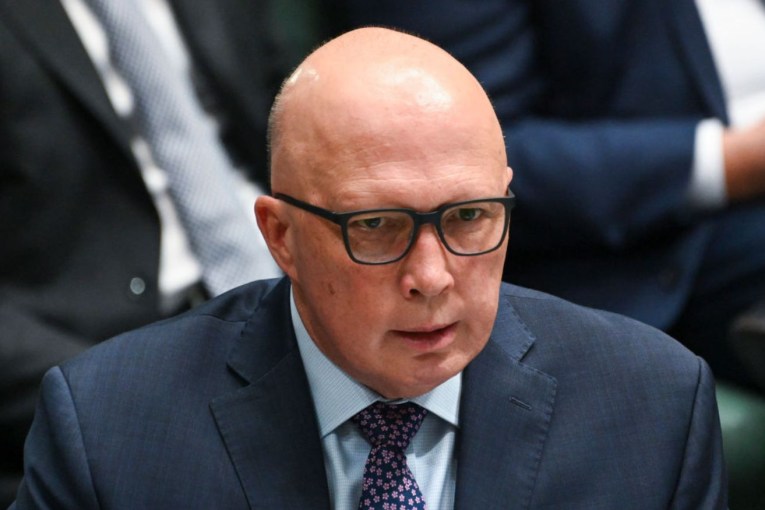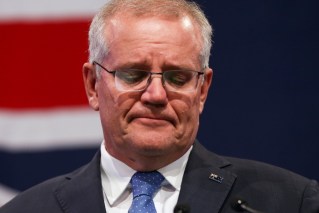HELP: Inflation brings shock rise to student loans

Education Minister Jason Clare says an upcoming review of the higher education system will cover the management of student loans after millions of Australians awoke on Thursday to one-off debt increases in amounts not seen in decades.
Runaway inflation means the average student loan holder had about $1650 added to their outstanding balance this week after the 7.1 per cent indexation rate is applied to the average loan of $23,685.
Critical MPs have called for the government to switch to a fairer formula.
“After being set up in the 1980s, HELP is no longer fit for purpose and is overdue for independent review,” teal independent MP for Goldstein, Zoe Daniel, said.
Deductions delayed
The government does not charge interest but uses a complex formula to keep student debt in line with the rising cost of living every year with an annual adjustment.
Most people pay off the loans in weekly or fortnightly pay-as-you-go tax deductions from their payslips, but these payments are not deducted until after July, when they lodge a tax return.
Indexation is applied uniformly beforehand – on June 1, using a slightly-adjusted CPI figure for the March quarter and averaged across eight capital cities.
Ms Daniel says that could be improved in various ways, including by using a better gauge of inflation and deducting repayments from the loans when made so that annual indexation increases applied only to “the true amount outstanding”.
“Women are disproportionately affected by rising university costs, and the current indexation system further exacerbates the gender pay gap,” she said.
After two decades of very low inflation, Thursday’s figure would have been a nasty change for many of the 2.9 million Australians with outstanding loans.
ATO figures show indexation of loans rose by 3.9 per cent last year, up from 0.6 per cent the year before and about 2 per cent over the decade.
According to ABS data for the March quarter, annualised wages are up by 3.7 per cent in comparison.
No quick fix
The Higher Education Loan Program covers four different streams of student loans; it was formerly known to most Australians as HECS.
Mr Clare said the finer points of the repayment system meant that even if they could be taken immediately, changes would not make taxpayers better off.
In a radio interview on Thursday, Mr Clare said he was more concerned about the difference in average lifetime earnings between university graduates and those who did not attain tertiary qualifications.
“Going to university makes you money,” he said.
But the minister said the workings of Commonwealth student loans would be considered part of a review of the higher education system.
“We’ve engaged Bruce Chapman, the bloke who was the architect, the creator of HECS, to help us look at this,” he told listeners of the Sydney station 2GB.
“(But) this is the way that’s worked for 35 years. And if you make that change, then taxpayers pay more.”
Mr Clare said he hoped the review would look into why the offer of discounts to students enrolling in subjects such as teaching or nursing did not appear to have increased enrolment rates for those subjects as intended.
Greens Senator Mehreen Faruqi introduced a bill to the Senate last year seeking to remove indexation from the loans and raise the minimum income threshold at which students must begin to repay their loans.
Loans grow longer
Parliamentary library data shows that less than 10 per cent of all student contributions were paid upfront in 2021.
HELP payments are only deducted on income over $48,361 and rise according to taxable income levels and a progressive scale.
Since 1989, around 2.2 million people have paid off their debts.
HELP loans begin to attract interest after 11 months.
On average, the time taken to repay HELP debts rose to 9.4 years in 2020-21, parliamentary statistics show, up from an average of 8.2 years in 2011-12 (when the average balance was less than $15,200).
Outstanding HELP debt rose to just over $68.7 billion in 2020-21, up from $66.4 billion the year prior, according to a report published by the parliamentary library.








